Screening truffles for radioactivity 30 years from Chernobyl
Some forest mushrooms, such as wild porcini, can accumulate dangerous levels of radioactivity from the soils they grow in. But until now it was unclear if the same was true for Truffles, fungi that range among the most expensive foods in the world. Swiss and German researchers have analysed Burgundy truffles collected in central Europe and found they contain only negligible amounts of radioactive caesium, being safe for consumption.
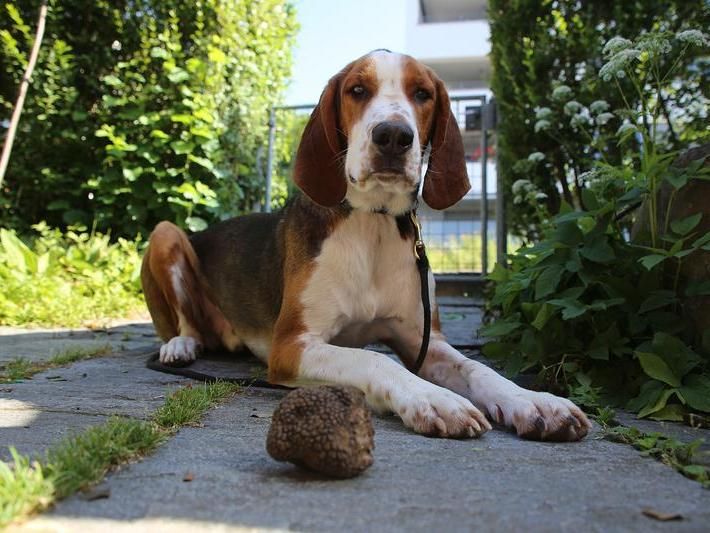
Miro, a trained truffle dog, and its harvest
Simon Egli, WSL
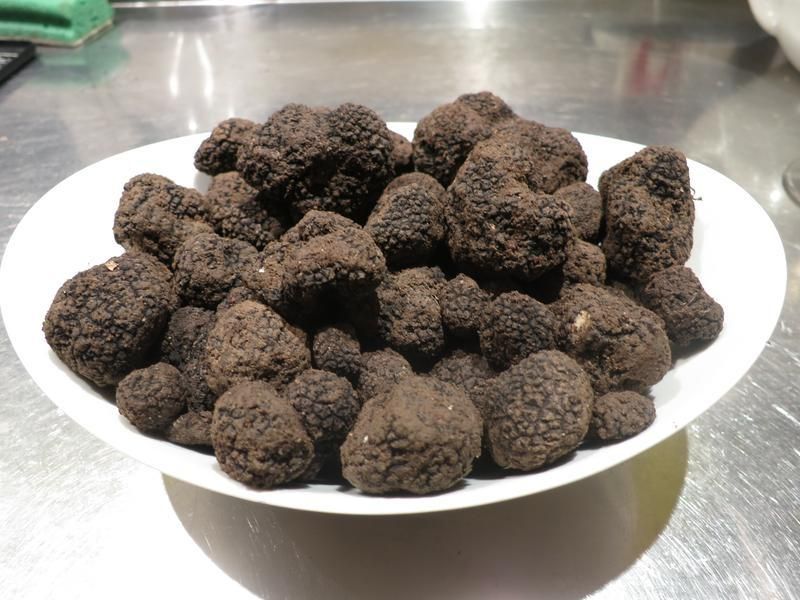
Burgundy truffles ready for analysis
Simon Egli, WSL
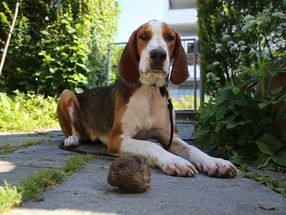
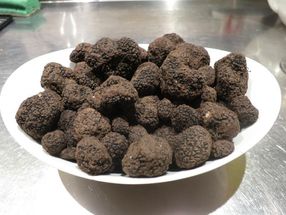
The 1986 Chernobyl nuclear disaster in Ukraine released substantial quantities of radioactive particles, especially caesium-137 (137Cs). Transported by winds and deposited by heavy rainfall, the caesium polluted large swaths of the European continent. “Much of the continent’s topsoil layers are still radioactively contaminated,” says Ulf Büntgen, Head of the Dendroecology Group at the Swiss Federal Research Institute (WSL) and lead author of the study.
That, however, does not seem to affect the subterranean Burgundy or summer truffles (Tuber aestivum), which are highly prized as a delicacy for their hazel-nutty flavour and intense aroma. “We were very positively surprised that all specimens we analysed exhibited insignificant values of 137Cs,” says Büntgen.
This result is surprising because many types of fungi, including truffles, grow underground in – and draw nutrients from – soil prone to accumulating radioactive pollution. Deer truffles, for example, a type of ‘false’ truffles (not of the Tuber genus) more appealing to deer or wild boar than to humans, range among the most contaminated fungi. The team says that in regions where the radioactive fallout after Chernobyl was most intense, not only mushrooms but also higher components in the food chain, including game meat of red deer and wild boar, still have excess values of 137Cs.
The researchers wanted to be sure that wasn’t the case for summer truffles. “The main reason for our focus on the Burgundy truffle is the species’ wide ecological and thus geographical distribution, which allows us to compile fruit bodies over a wide range of environments. Growth of the Périgord black truffle, in contrast, is restricted to Mediterranean habitats only,” says Büntgen.
The researchers analysed 82 Burgundy truffles collected across Europe between 2010 and 2014. The samples were harvested by trained truffle dogs in several natural habitats and plantations in Switzerland, Germany, France, Italy and Hungary.
All samples had negligible radioactivity, the researchers report in Biogeosciences, with 137Cs values ranging below the detection limit of 2 becquerels per kilogram. This is far below the tolerance value of 600 becquerels per kilogram, meaning the truffles are safe for consumption, at least in the areas the researchers sampled from.
“Sampling sites were defined by the success of various truffle dogs. We were trying to get as many fruit bodies as possible from as wide an area as possible,” explains Büntgen. “The resulting pattern is by far not optimal but indeed good enough for a first assessment and interpretation.”
The researchers are unsure how their results would change if they had collected samples in areas with even higher 137Cs deposition, such as parts of Belarus or central Austria. “We really don’t know,” Büntgen acknowledges. “We will, however, continue to spatially expand our search to include truffles from regions that were so far not considered – the more the better.”
Another unsolved issue is why Burgundy truffles are far less susceptible to radioactivity contamination than other fungi. The researchers speculate a reason could be the way Tuber aestivum uptakes nutrients from the soil compared to other types of mushrooms. However, they say they need to do more research to know exactly why summer truffles are not radioactive.
Original publication
Most read news
Original publication
Topics
Organizations
Other news from the department science

Get the chemical industry in your inbox
By submitting this form you agree that LUMITOS AG will send you the newsletter(s) selected above by email. Your data will not be passed on to third parties. Your data will be stored and processed in accordance with our data protection regulations. LUMITOS may contact you by email for the purpose of advertising or market and opinion surveys. You can revoke your consent at any time without giving reasons to LUMITOS AG, Ernst-Augustin-Str. 2, 12489 Berlin, Germany or by e-mail at revoke@lumitos.com with effect for the future. In addition, each email contains a link to unsubscribe from the corresponding newsletter.
Most read news
More news from our other portals
Last viewed contents

ETH spin-off machine running at full speed - 27 companies were founded in 2018, more than any year previously
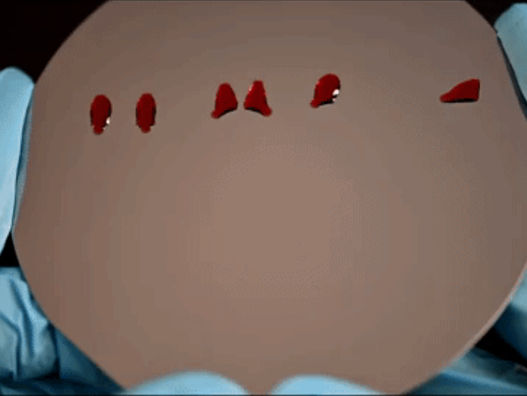
Nature-inspired coatings could power tiny chemistry labs for medical testing and more - Researchers develop polymer coating that enables low surface tension liquids to be transported over distances 15 times longer than currently possible, without losing any of the liquid
Zhanghengite
Millesimal_fineness
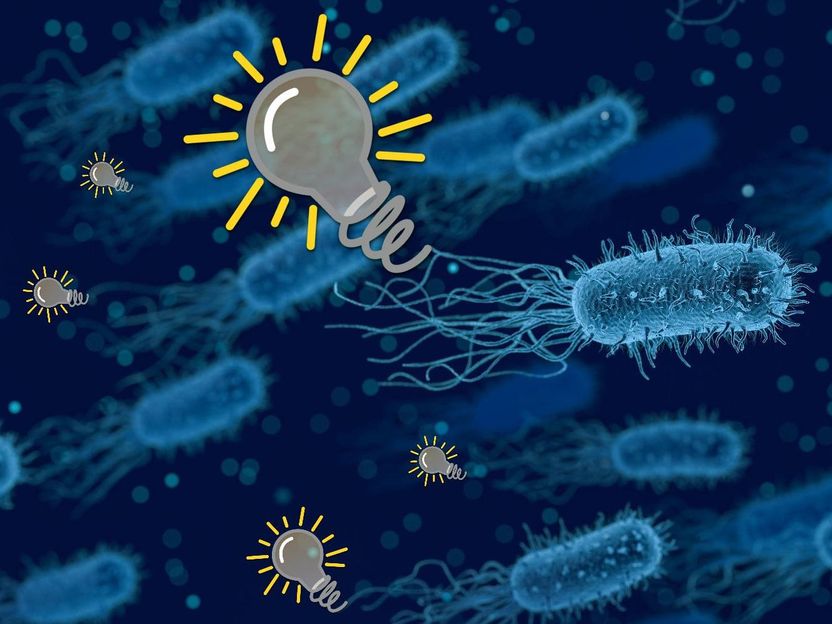
Bacteria generate electricity from methane - "We create a kind of battery with two terminals, where one of these is a biological terminal and the other one is a chemical terminal"





























































